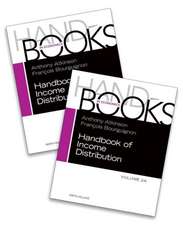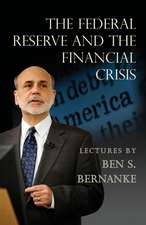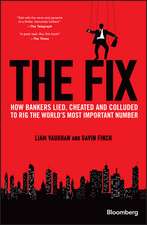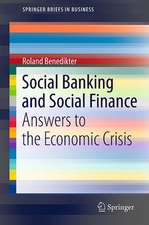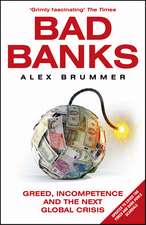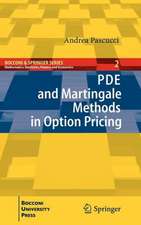Non-Expected Utility and Risk Management: A Special Issue of the Geneva Papers on Risk and Insurance Theory
Editat de Christian Gollier, Mark J. Machinaen Limba Engleză Hardback – 30 sep 1995
Non-Expected Utility and Risk Management examines whether the existing results in insurance economics are robust to more general models of behavior under risk.
| Toate formatele și edițiile | Preț | Express |
|---|---|---|
| Paperback (1) | 633.35 lei 6-8 săpt. | |
| SPRINGER NETHERLANDS – 5 dec 2010 | 633.35 lei 6-8 săpt. | |
| Hardback (1) | 638.57 lei 6-8 săpt. | |
| SPRINGER NETHERLANDS – 30 sep 1995 | 638.57 lei 6-8 săpt. |
Preț: 638.57 lei
Preț vechi: 751.25 lei
-15% Nou
Puncte Express: 958
Preț estimativ în valută:
122.21€ • 126.62$ • 101.99£
122.21€ • 126.62$ • 101.99£
Carte tipărită la comandă
Livrare economică 21 martie-04 aprilie
Preluare comenzi: 021 569.72.76
Specificații
ISBN-13: 9780792396420
ISBN-10: 0792396421
Pagini: 154
Ilustrații: VI, 150 p.
Dimensiuni: 156 x 234 x 14 mm
Greutate: 0.37 kg
Ediția:Spin-off from the GENEVA PAPERS ON RISK AND INSURANCE THEORY; 20:1 (1995)., 1995
Editura: SPRINGER NETHERLANDS
Colecția Springer
Locul publicării:Dordrecht, Netherlands
ISBN-10: 0792396421
Pagini: 154
Ilustrații: VI, 150 p.
Dimensiuni: 156 x 234 x 14 mm
Greutate: 0.37 kg
Ediția:Spin-off from the GENEVA PAPERS ON RISK AND INSURANCE THEORY; 20:1 (1995)., 1995
Editura: SPRINGER NETHERLANDS
Colecția Springer
Locul publicării:Dordrecht, Netherlands
Public țintă
ResearchCuprins
Introductory Note.- Non-Expected Utility and the Robustness of the Classical Insurance Paradigm.- Non-Expected Utility and the Robustness of the Classical Insurance Paradigm: Discussion.- The Comparative Statics of Deductible Insurance in Expected- and Non-Expected-Utility Theories.- Risk Aversion Concepts in Expected- and Non-Expected-Utility Models.- Government Action, Biases in Risk Perception, and Insurance Decisions.- A Comparison of the Estimates of Expected Utility and Non-Expected-Utility Preference Functionals.- Functional Form Problems in Modeling Insurance and Gambling.


